BRATISLAVA, Slovakia—Nuclear scientists at the European Organization for Nuclear Research (CERN) successfully switched on their particle smashing facility on Friday, Nov. 22.
The Large Hadron Collider (LHC) was restarted after 14 months of repairs, required after the electrical fault caused a leak of ultra-cold liquid helium just nine days after the machine started its operation in September last year.
The $10 billion machine, the largest in the world, fires beams of protons around the 17 mile ring-shaped tunnel, built 574 feet under the border between Switzerland and France near Geneva. After the LHC accelerates the particles to near light speed, the protons, rushing in opposite directions, collide into each other with enormous energy, while the huge magnets force them into detectors to record the split particles.
“It’s great to see beams circulating in the LHC again,” said CERN’s Director General Rolf Heuer.
The engineers working at CERN had to replace 53 superconducting magnets and 200 electrical connections, while a new early warning system was added to the facility.
Scientist believe that the LHC will help answer the most fundamental questions in physics related to the laws describing elementary particles and the structure of all matter.
Nuclear physicists at CERN are trying to experimentally prove the existence of the hypothesized particle called the Higgs boson. The high energies released by the particle collisions inside LHC could allow scientists to detect the Higgs boson and other new particles predicted by their computations.
After the successful tests this weekend, the first high-energy collisions are scheduled for January 2010.
Years ago in Texas, construction on a predecessor to LHC began but was later abandoned. Called “the Superconducting Super Collider,” it would have been the largest particle accelerator in the world. But after debates about its cost and the scientific value of the project, the U.S. Congress pulled the plug in 1993.
The Large Hadron Collider was built in collaboration with over 10,000 scientists and engineers from over 100 countries.
“It’s been a Herculean effort to get to where we are today,” said Steve Myers, CERN’s director for Accelerators. “I’d like to thank all those who have taken part, from CERN and from our partner institutions around the world.”
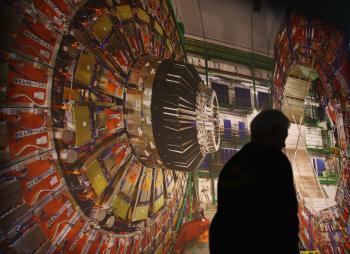
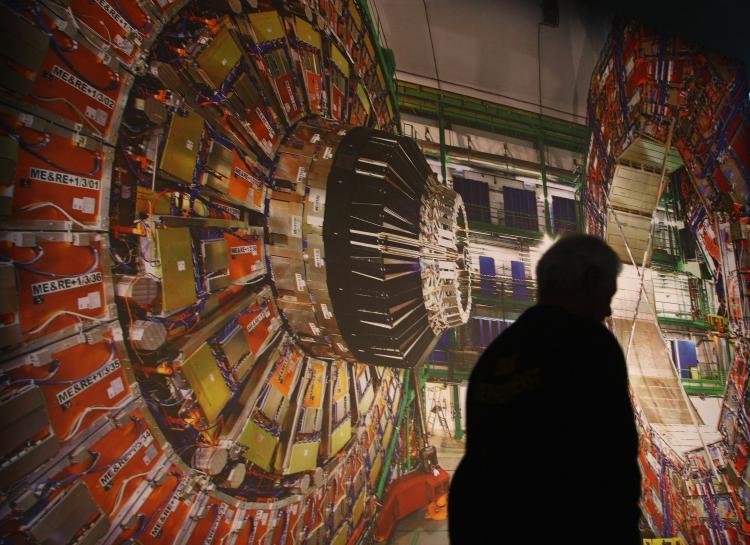
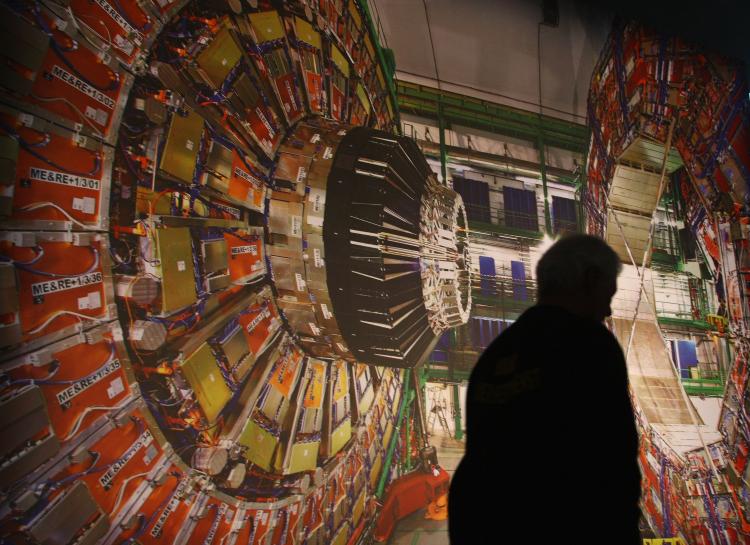
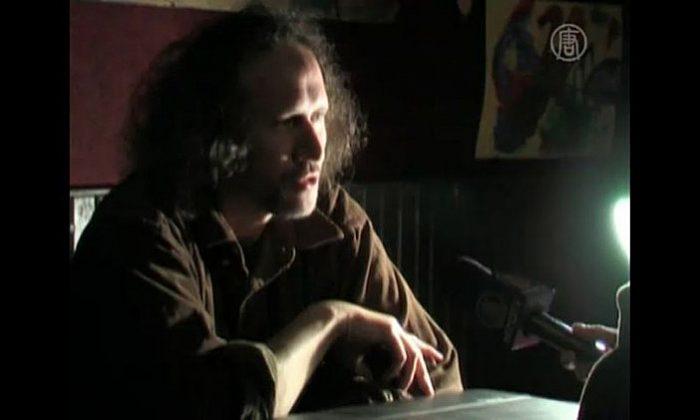
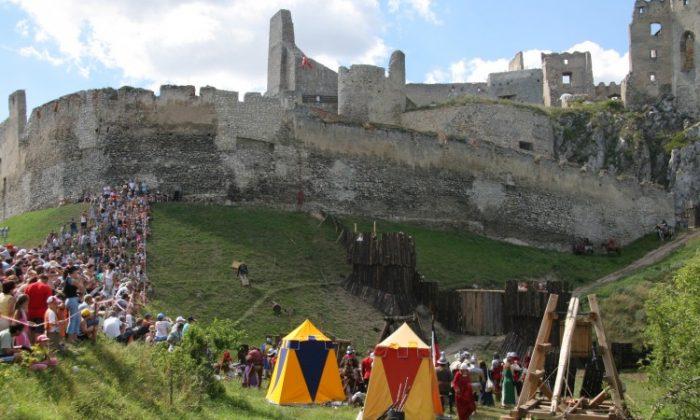

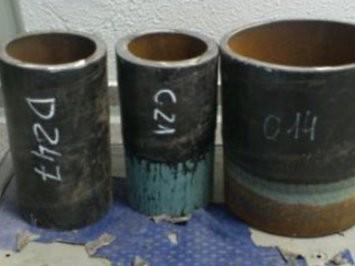
Friends Read Free